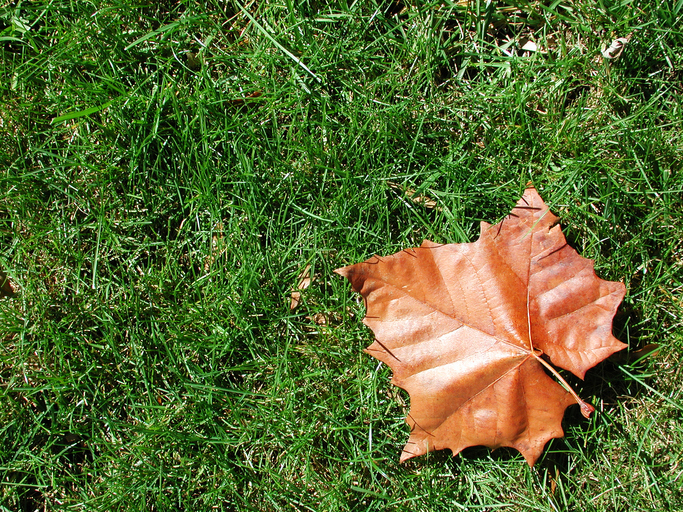Learn How to Winterize Your Lawn with the Help of Estate
In the fall, your grass may look like it’s snoozing, but when you get to the root of things, you’ll discover that a lot is going on beneath the surface. The roots are preparing a food reserve to last through the winter. If you feed your lawn now while Mother Nature is turning out all those new roots, then they’ll have even more root growth. Follow these steps to winterize your lawn, and your lawn will stockpile nutrients to be stronger and healthier next year.

How to Winterize Your Lawn
1. Pick the right time to winterize your lawn
Pick a day in the fall when you’re going to get at least two or three days of 50 to 60-degree weather in a row. Late October is probably a good time to winterize.
2. Clean up your lawn
Rake or blow all the leaves from the lawn, so you have a clean slate to work with. This will make it easier to spread the winterizer on your lawn.
3. Spread the winterizer
Apply the winterizer to the lawn with a broadcast spreader. If you have weeds, apply winterizer (with weed killer) onto moist foliage so that the particles stick to the weeds, get absorbed down into the root, and kill it, root system and all. Read the instructions on the fertilizer bag and find the spreader rate, and dial in the correct setting.
Swing the edge guard into position and fertilize the perimeter of the yard first. The edge guard prevents fertilizer from getting onto the pavement and into flowerbeds. Once the edges are finished, make parallel passes across the lawn, moving down about five feet after each pass.
By taking these steps now, your lawn should go into the winter looking great and then come back even stronger and lusher in the spring. For more tips on keeping your lawn green and healthy, explore the lawn care tips section.